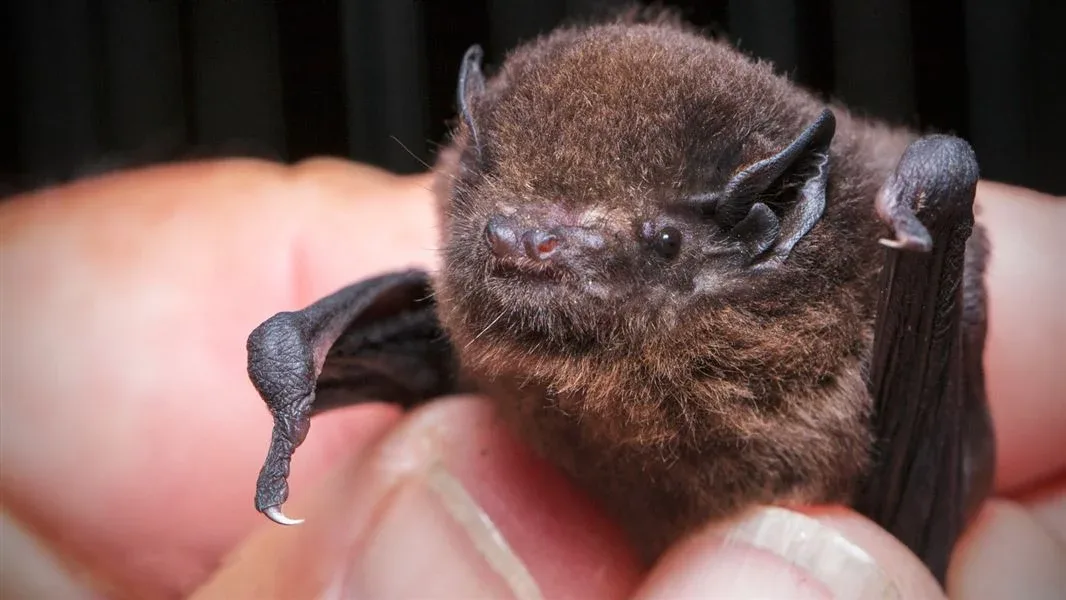

It’s that special season when bats are in the limelight, but this year, they are even more on centre stage as the long-tailed bat – ‘pekapeka’ in Māori – has been nominated for New Zealand Bird of the Year.
While ornithologists and wildlife biologists will disagree with the "bird" part – the pekapeka is one of two mammals native to New Zealand – unfortunately, like too many native flying species, it too is facing extinction.
The pekapeka has a special place in our hearts at Port Blakely as there are only a few populations left on the South Island's east coast with the largest habitat in Raincliff Forest, which Port Blakely has owned since 1999. That’s why for our New Zealand Forestry team, bats are a year-round focus.
Zac Robinson, Health, Safety & Environmental Manager, leads the company’s collaboration with the Long-Tailed Bat Working Group to protect this precious community. He has developed an affection for the elusive and “cool little creatures”.
“We’re lucky to have partners on this project who are as passionate about the work as we,” says Robinson. “Working with the Department of Conservation and Environment Canterbury since 2017 – on everything from habitat protection plans and monitoring to pest management and community engagement – has really helped things take off.”
Raincliff has big, old trees with large cavities – ideal roosting spots for bats. We’ve now protected approximately 20 of these roost trees. Educational displays along the bike and walking trails in the forest are raising locals’ awareness of the project as are popular bat-spotting night outings.
Port Blakely also leverages technology such as automatic bat monitors (ABMs) to monitor the two bat population habitats within our estate, Raincliff, and Maori Gully. This population monitoring is in year three with the objective to monitor them for five years to analyse if populations are increasing or decreasing. We have also developed tools such as a simple “how-to-guide” for the forestry sector to conduct pre-harvest assessments and manage roost trees during operations. It’s work that could only be possible with collaboration.
“The LTB project is a great example of how the DoC looks to work with industry and communities to prioritise habitat for our most threatened species,” says Duncan Toogood, DoC operations manager. “We’re encouraged by our progress to date and thank Port Blakely and the long-tailed bat working Group for caring enough about the pekapeka to do something to protect them.”
If you want to learn more about the long-tailed bat and help raise awareness about their plight, please go to the New Zealand Bird of the Year site and vote for the pekapeka (vote here through October 31, 2021). How can we not do something to protect these cool little creatures?
Kia ora!